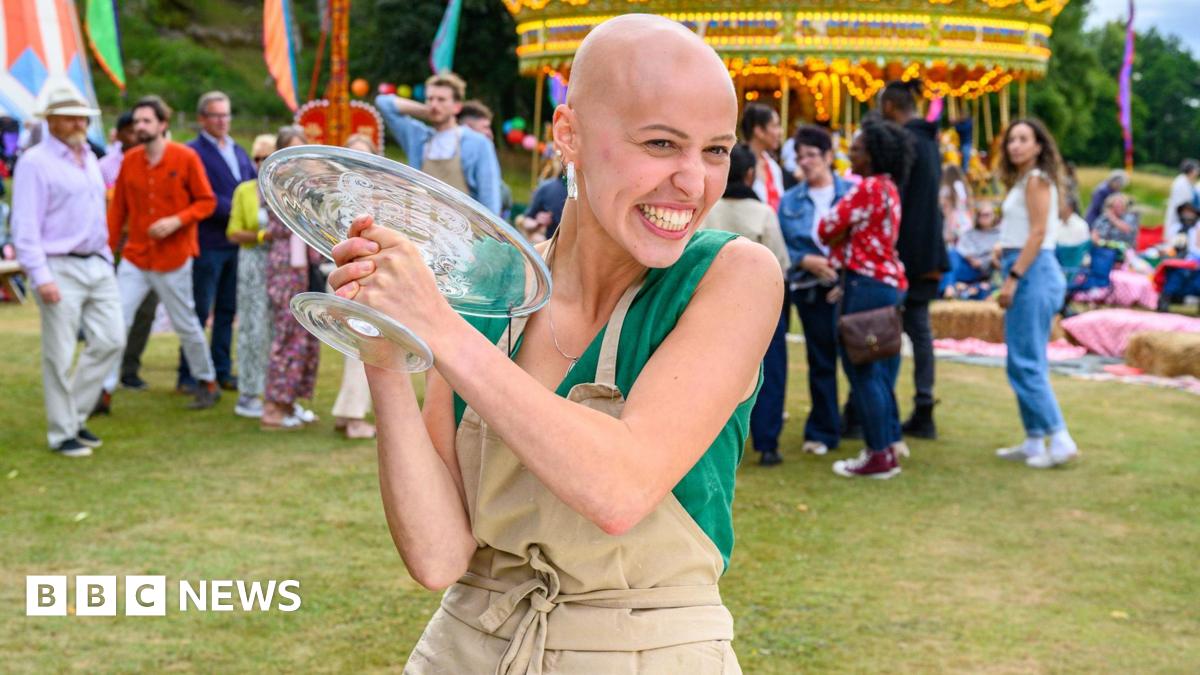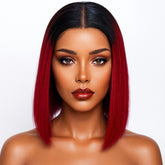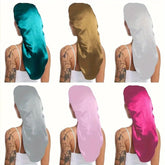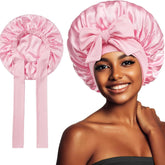Bake Off winner on alopecia: changing the definition of beauty

When Bake Off winner Jasmine Mitchell spoke publicly about living without a wig, she joined a growing number of voices reshaping how we think about hair and beauty. Her decision — discussed on national television — invites a wider conversation about alopecia, personal identity and the pressure to conform to conventional standards of appearance. For readers passionate about healthy, authentic hair, this moment highlights the emotional and cultural significance of hair beyond cosmetics: it speaks to representation, choice and care.
Jasmine Mitchell’s choice and public visibility
Mitchell’s openness about alopecia is notable because public figures help shift social norms. Choosing not to wear a wig on a mainstream Channel 4 show removed a familiar barrier between private experience and public image. That visibility can be validating for others who notice themselves reflected on screen — and it offers a practical model for those weighing their own approach to hair loss.
Visible representation does not erase the practical or emotional challenges of alopecia, but it does change the conversation: from concealment and shame to autonomy and style on one’s own terms. For many viewers, seeing a confident appearance without a wig prompts questions about how to care for a changing scalp and how to find confidence irrespective of hair quantity.
Alopecia, identity and scalp care
Alopecia describes conditions that cause hair loss; it can be patchy, diffuse or complete. Responses to hair loss are intensely personal — shaped by culture, age and lived experience. For some, wigs and scalp coverings are empowering tools; for others, going without is an affirmation of self.
Regardless of choice, scalp and skin health remain important. Gentle care, protection from sun exposure and consultation with a clinician or trichologist can help manage symptoms and comfort. Practical considerations include choosing non-irritating fabrics for head coverings, avoiding aggressive styling that stresses remaining hair, and checking the scalp regularly for signs of irritation.
- Support options: seek medical advice, join peer support groups, or speak with a counsellor experienced in body-image issues.
- Gentle care: use mild, pH-balanced cleansers and avoid excessive heat or harsh chemical treatments on thinning areas.
- Protection: wear hats or sunscreen on exposed areas to protect sensitive skin.
- Professional help: a dermatologist or trichologist can offer diagnosis and treatment options; a stylist can advise on cut, colour and headwear that suit individual preference.
What representation means for the beauty industry
Mitchell’s choice is more than a personal statement — it feeds into how beauty brands, salons and media approach inclusivity. When public figures normalise variation in hair, the industry faces clear calls to adapt: more training for stylists on alopecia-friendly techniques, broader product ranges that address scalp sensitivity, and marketing that reflects diverse experiences rather than an idealised one-size-fits-all standard.
It’s also a reminder that hair services are not solely aesthetic. For many clients, a salon visit is a space for reassurance and practical problem-solving. Stylists who can combine sensitivity with technical skill — for example, suggesting protective styles, soft headwear options or bespoke consultation — become allies in a client’s wellbeing, not just their look.
How to support someone with alopecia
Friends, family and colleagues can make a real difference in attitude and care. Consider the following practical ways to offer support:
- Listen and ask what feels helpful rather than assuming what someone needs.
- Avoid framing hair loss as a problem to be instantly fixed; respect choices around wigs, coverings or going bare.
- Be mindful of language: focus on the person first rather than defining them by their condition.
- Encourage professional resources where appropriate — medical, psychological or peer groups that specialise in hair loss.
Takeaway
Jasmine Mitchell’s openness about living without a wig brings an important, humane perspective to discussions about beauty. It underlines that hair matters emotionally and culturally, and that the most meaningful progress comes from choice, representation and informed care. For hair professionals and beauty lovers alike, the lesson is clear: centre empathy, broaden your understanding of hair diversity and support practical care that respects individual journeys.
Explore More: Discover related reads from Hairporium — News • Guides • DIYs • Expert Articles.
More From the Experts: Read interviews and insights from stylists and professionals on Hairporium Expert Articles.







